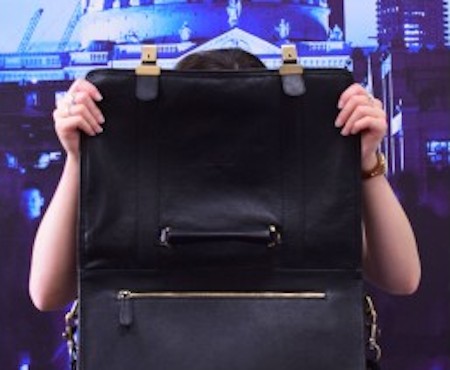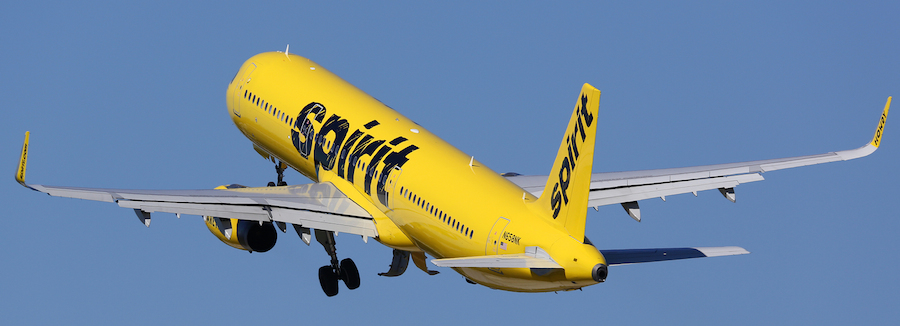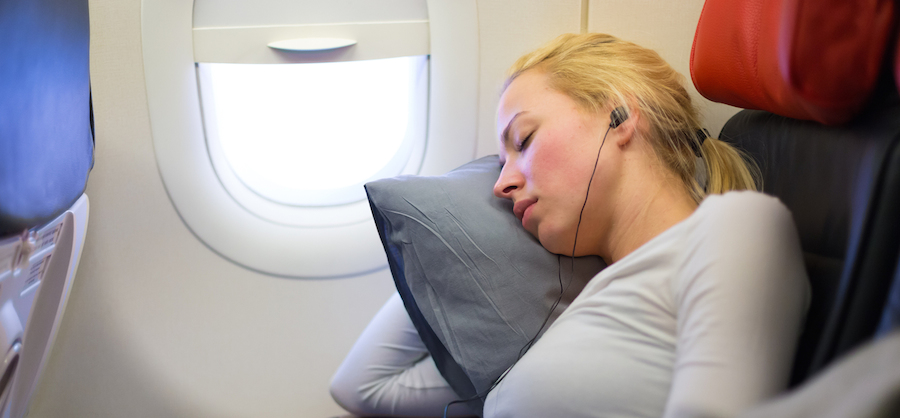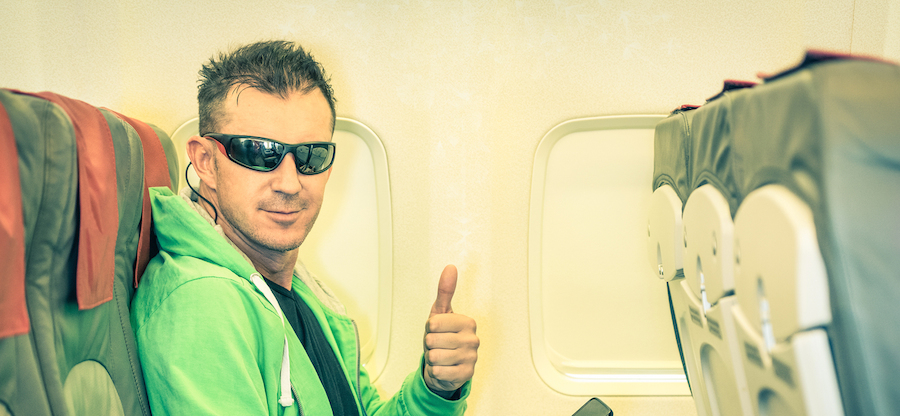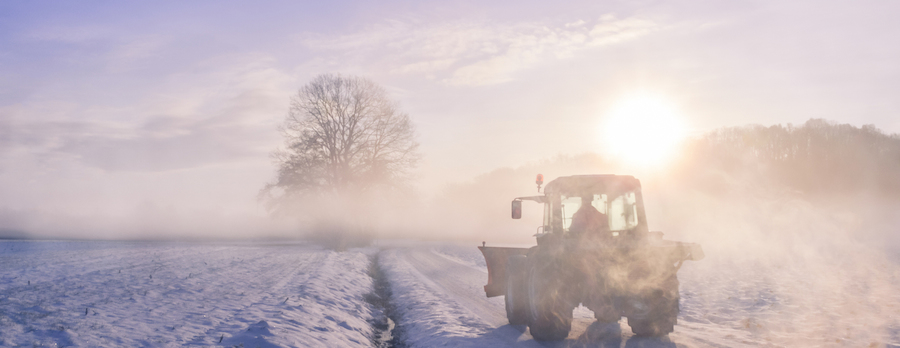Practically all the new carry-on bags claim to be as smart as a phone, or a watch. Some tell you how much they weigh. Some follow you through the airport. And some let you know your spouse is in Miami, not Milwaukee.
But the truly useful innovations are found in carry-on bags that are at their best when things go bad. Especially impressive, for instance, are the bags that can provide cover in case of gunfire.
A British firm, Terrapin Technology, produces bulletproof carry-on bags as part of their “Go Ballistic” line. For best results, you hold the bag up to your face and chest, as if in a cowering manner. A barrier of “military grade” ballistic-resistant material then helps protect you from 9 mm bullets, knife thrusts, and, if your day has really gotten off on to a bad start, “shrapnel from a bomb blast.”
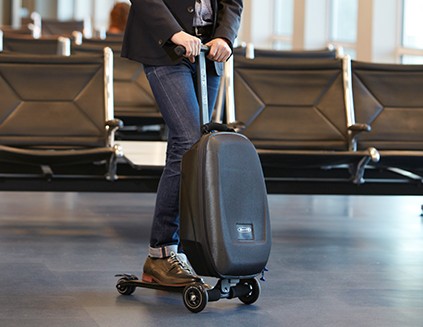
Carry-on Bag Luggage Scooter
Travelers who routinely fly out of smaller, regional airports know that getting a good seat often requires a dash from the gate to the plane. Increase your odds of being first to arrive by using a luggage scooter from Micro Luggage. An extendable aluminum handle and kickboard allows you to ride your carry-on bag in a style acceptable to even the youngest teens in your party.
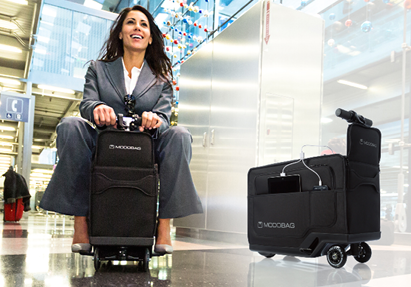
Rideable Carry-on Bags
Need more getaway-speed than scooter-style carry-on bags can provide? What if, for instance, you have just used an emergency evacuation slide to exit an airplane you’d like to distance yourself from as quickly as possible? Then you might be ready for the Modobag. Billed as the world’s first ride-able, motorized, carry-on bag, it can reach speeds of up to 8 mph. Which is faster even than a man who has just noticed jet fuel leaking all over the tarmac can run.
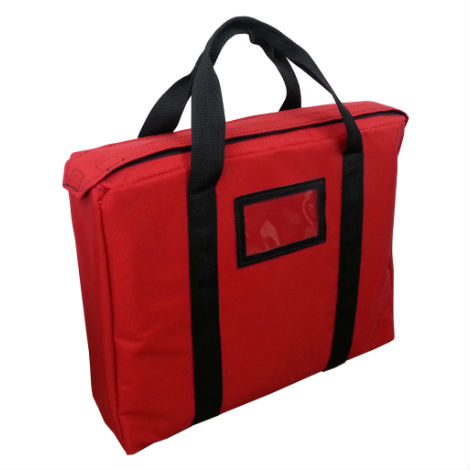
Fire-resistant Carry-on Bags
If you anticipate not being able to make a quick getaway, fire-resistant carry-on bags can be a good investment. Cardinal Bag Supplies makes briefcase-style carry-on bags that are fire resistant up to 2,500 degrees. It is necessary to point out, however, that if the bag is within your reach, temperatures much above 200 degrees will make the investment of interest primarily to your heirs.
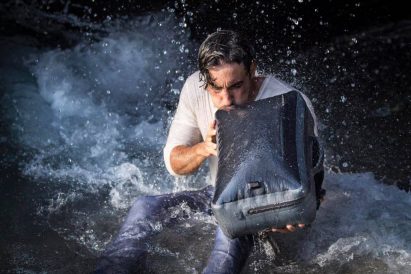
Carry-on Bags That Float
What happens should your plane’s pilot misjudge, for example, the length of an aircraft carrier? You’ll want carry-on bags that are leak-resistant or, better yet, designed to float. Among the best we’ve found is the EL 22 Elite Carry-On, from Pelican, which has “passed submergence tests for an hour at a depth of one meter.” (Which is an industry standard, but, admittedly, didn’t impress us much, either.) More impressive is a line of bags from a new company, Capsula Bag, which actually float. You have to blow up an inner chamber, but we assume that given the right circumstances — such as an offshore current or circling sharks — most users would be okay with that.
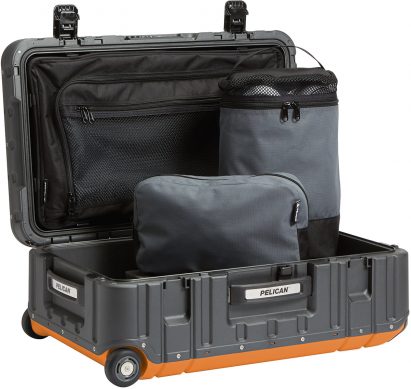
Impact-resistant Carry-on Bags
Ultimately, when things go bad the best of the new carry-on bags are those that are old-fashioned tough. Among the toughest, we have already mentioned the submergible EL 22 Elite. With double walls that won’t buckle under loads of up to 1,500 pounds, you could practically drop the Elite from cruising altitude without having to look for pieces.
Which would have made it a good choice for legendary, almost mythical, hijacker D. B. Cooper when he bailed out of a Boeing 727 somewhere over the Pacific Northwest in 1971. Unfortunately for Cooper, who was never heard from again, they found some of his $200,000 in ransom money scattered along the banks of the Columbia River, suggesting that his bag, at least, did not survive the jump.
BobCarriesOn editor-in-chief Bob Payne has never jumped from an airplane with a carry-on bag, containing ransom money.

